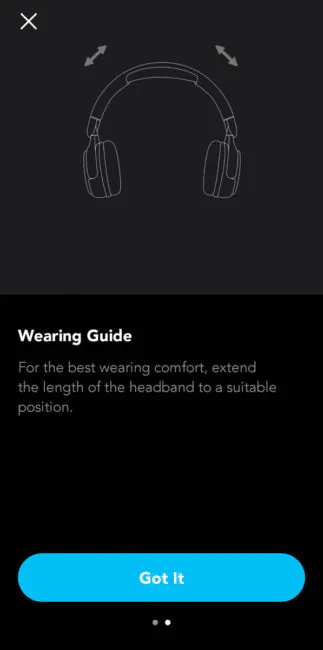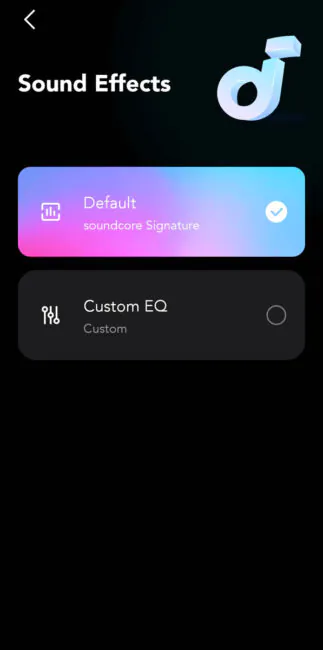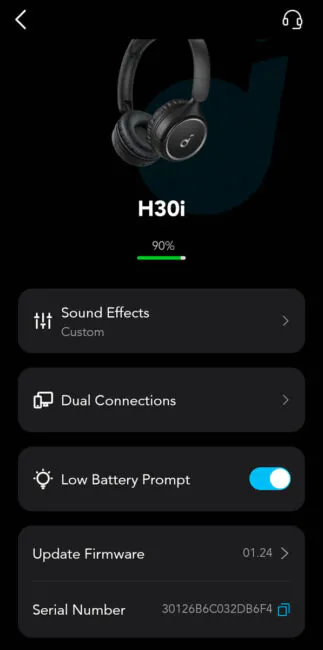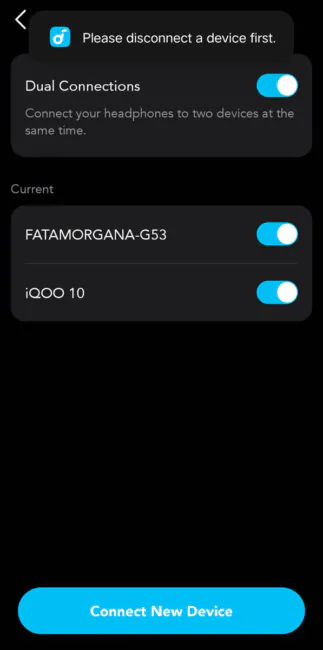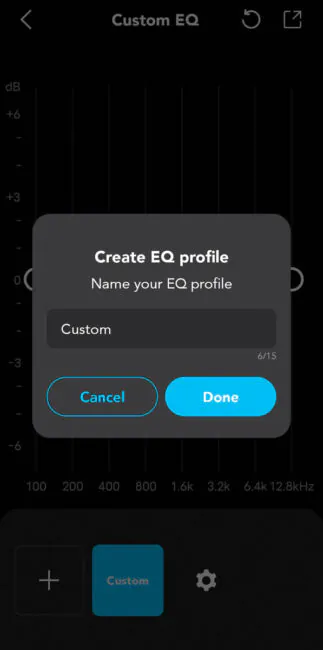© ROOT-NATION.com - Use of content is permitted with a backlink.
My first rendezvous with the Anker company was delayed for several years – I heard about it much more and much more often than I actually dealt with it. And only now – directly. Specifically, the Anker SoundCore H30i is not the most prestigious, not the coolest, and… the highest quality model of the company.

But it has a major advantage over all the others. It is affordable, and at the same time – sufficiently technologically advanced to pique my interest.
Market positioning
Let’s start with the price. The Anker SoundCore H30i costs $38, which places it in the entry-level segment of wireless headsets. I remind those who don’t react well to images – this is NOT a TWS headset.

It’s an on-ear, though not full-size model. It’s available in black, white, and red colors. The latter is quite interesting because it’s simultaneously red, brown, and “leathery”. Something in between them.
Package contents
The headset package includes the headset itself, as well as an instruction manual and two cables – an AUX cable and a Type-C to Type-A cable.

The AUX cable is one meter long and longitudinally cut, which technically makes it less prone to tangling.

Appearance
Not long ago, we had material about the growing popularity of small-sized on-ear models and described the reasons why. But the example cited there was almost a decade old, so the technologies and design were at a prehistoric level.
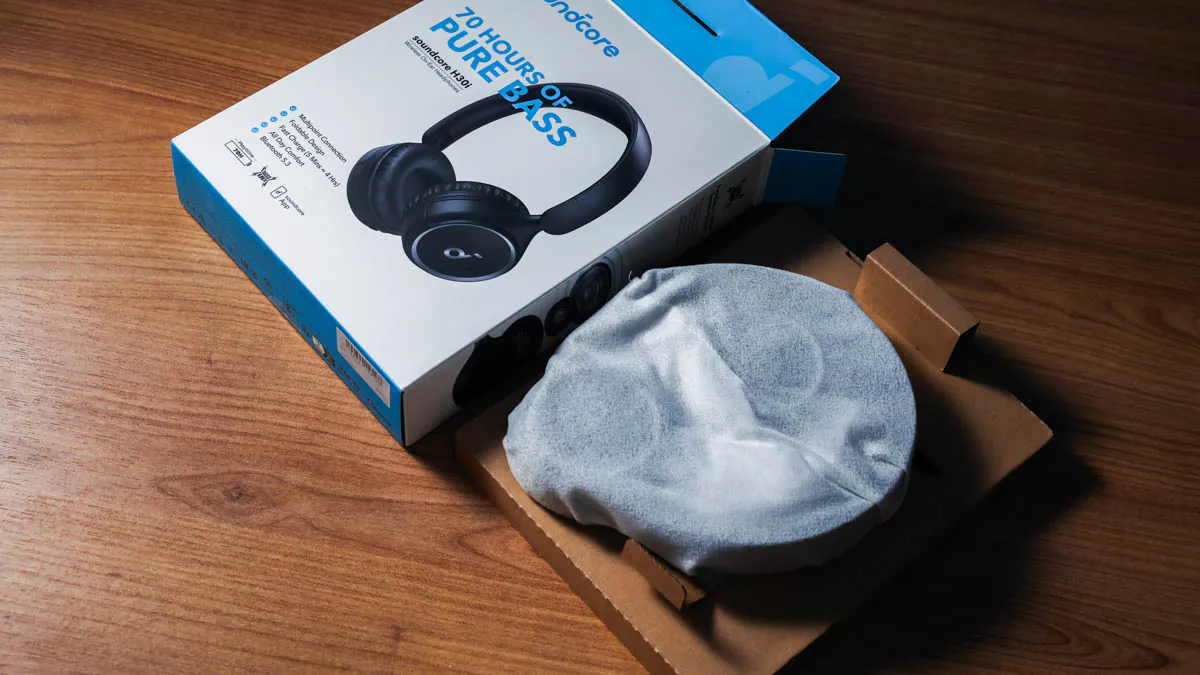
The Anker SoundCore H30i were released in the summer of 2023. Their design is described as “simple, but not primitive”. They are completely black, made of matte plastic, with silver accents only on the decorative circles on the back of the ear cups, the logo, and the metallic base of the headband.

The last feature will be visible if you need to increase the length of the headband. On both sides, the length can be extended by 5 cm each – the headphones themselves are quite small. Unisex, so to speak. The ear cups rotate forward and downward, and the headset itself can also be folded inward for easier transportation.

The headband is very soft, smooth, and plush, covered with faux leather. The ear cushions are also soft, look of high quality, and even detachable.

I don’t know about any specific cleaning or washing recommendations from Anker, but I can assure you that your ears will sweat less with ear cushions of this type compared to full-size models, simply because there is no complete coverage around the ears.
Ergonomics and peripheral
The headset peripherals are located under the right ear cup and consist of volume buttons, a power/sync button, as well as a mini-jack and Type-C port for charging. The buttons press reliably, and the tactile feedback is pleasant.

The control scheme is almost straightforward. Pressing the power button functions as a pause, as well as picking up and hanging up during a call.

Pressing for three seconds turns the headset on and off, while pressing for longer than 3 seconds, when the headset is off, activates the pairing mode. Holding for one second during a call disconnects it, and double-clicking switches the microphone.

Pressing the volume buttons – you won’t believe it – adjusts the volume, while holding for two seconds switches tracks. The headset doesn’t have a separate volume slider inside, so the volume is controlled on the playback device.
Anker SoundCore H30i Specifications
The Anker SoundCore H30i features Bluetooth 5.3 support, AAC and SBC codecs, 40mm dynamic drivers, 18 Ohm impedance, and an 800mAh battery capacity. The frequency range is from 20 to 20,000 Hz, and the sensitivity is 93 dB.

The Anker SoundCore H30i charges via Type-C, promising 4 hours of autonomy with just 5 minutes of charging, while overall autonomy is stated as 70 hours. The good news is that if it’s not entirely true, it’s very close to it. Another piece of good news is that the headset can be charged from power sources of any power, including 100W power bricks. Any high-quality cables also work. The bad news is that the headset doesn’t work while charging.
Software
I’ll note – as indicated on the official website and several times on the box – that the Anker SoundCore H30i supports the official Soundcore program.
 It is available on Android and iOS, but don’t expect a fancy set of features from it. Anyway, if we’re talking about one of the most affordable models, that’s what the software supports.
It is available on Android and iOS, but don’t expect a fancy set of features from it. Anyway, if we’re talking about one of the most affordable models, that’s what the software supports.
On the other hand, what do you need from a headset that doesn’t support noise cancellation or transparency mode? The Anker SoundCore H30i supports dual connection mode, which is configurable in the app. The software also supports custom equalizers, which is really cool.
Even cooler is that the number of equalizer presets is limited only by your desire – I created ten, and I got bored. There’s even online synchronization through the Anker/Amazon profile. The software asks about it when launched but doesn’t require it to be used. It’s actually the perfect approach, especially considering how many companies have missed the mark in this regard.
Anker SoundCore H30i User Experience
Overall, the headset feels lightweight, almost unnoticed on the head. On one hand, it weighs 183 grams, but on the other hand, the ears are squeezed quite tightly, at least for the first 10 seconds. You get used to this feeling almost immediately, and it ensures better passive noise isolation than I would expect from this format.

Regarding sound quality – it’s decent. Getting something supernatural from on-ear headphones of a non-full-size format is generally a futile task. All Anker could do is provide a sufficient level of bass and a wide three-dimensional soundstage.

What I didn’t expect is the sensation that the width of the soundstage for the bass feels greater than for the mid frequencies. The bass seems to spread out to the sides, while the mids and highs cluster in the center. It sounds very strange, but it feels equally strange.

Signal stability is generally quite good. I have a headset with Bluetooth 5.4 that has the same signal strength and almost penetrates two walls and a distance of 15 meters. Anker has an advantage in that the entire headband acts as an antenna, and Anker makes good use of this advantage.
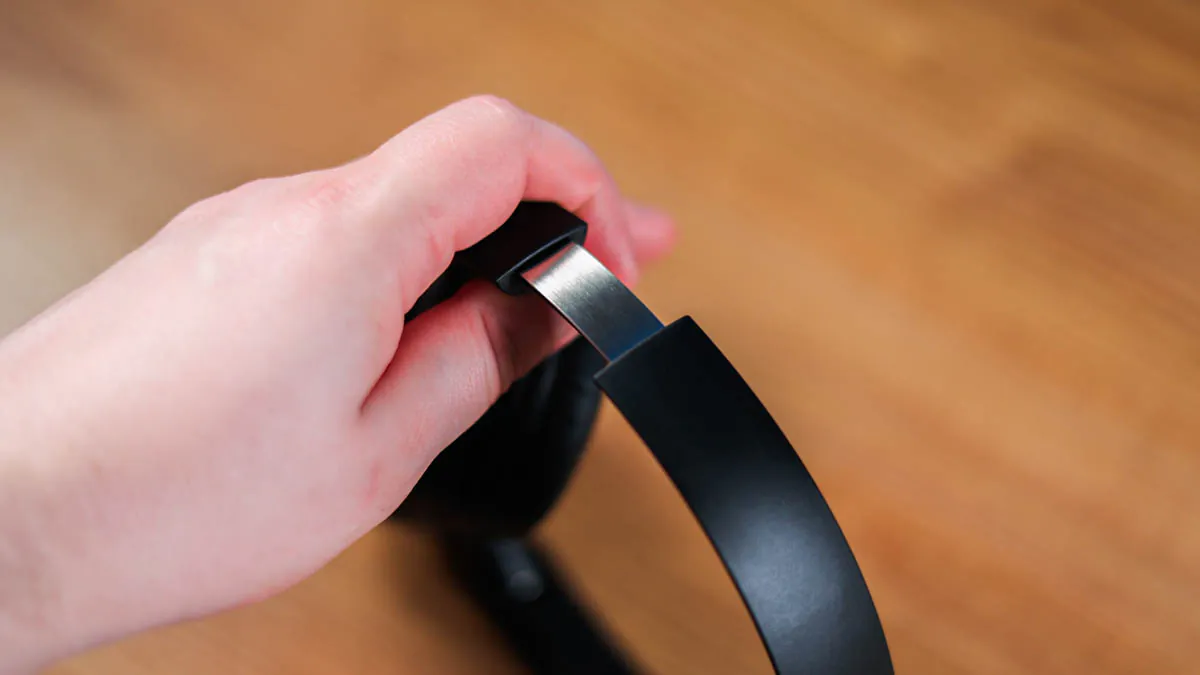
Well, the microphone sound is mediocre. This is not Anker’s problem; it’s a format issue. The microphones are too far from the mouth; it’s not like gaming models with detachable microphones. But noise cancellation generally works on them.
Work with PC
I’ll also note that when editing in DaVinci Resolve 18.6, I noticed that the program either learned to cache the sound or synchronize the delay with some preset/profile of the headset’s Bluetooth – but the sound seems to rush ahead more than it should. In other words, I hear almost perfect synchronization of the waveform with the picture – but when playback stops, the stop occurs about 500 ms earlier than what I hear.

In simpler terms, I can play a video where I say two words, stop playback at the end of the first word, but still hear the first letter of the second word. With a headset on Bluetooth 5.4, I didn’t notice this, but it’s much better than before when editing was completely impossible.
Here I’ll also note the dual connection mode. It works a little worse than I thought – it can take 2-3 seconds to intercept the audio source, even if it’s stopped, and sometimes interception doesn’t happen even though both sources are active.
Wired operation
I saved the wired operation for last. But it’s very predictable. When the AUX cable is connected, the headset is completely disabled, and all wired functions operate separately. Theoretically, this saves the battery because power should come from the AUX, but it’s not certain. However, if that’s the case, it’s another recommendation in favor of Anker because your headset will still be useful to you after the battery dies.

At the same time, the standard volume level when using the cable is about 50% higher than the volume when using Bluetooth. Also, the included cable is a 2-pin cable, not suitable for headsets, and after connecting with the wire, you lose access to the microphone. I’m 99% sure that the H30i doesn’t support microphone operation via a 3-pin cable, but I don’t have any 3-pin cables for testing. That’s the drawback of constantly working with wireless models.
Summary
The Anker SoundCore H30i headset could be described in many words, but the best fit would be “competent.” It’s a competent entry-level wireless headset—versatile, modern, highly autonomous, with excellent software, from a reliable manufacturer that doesn’t make the childish mistakes of giant corporations.

Where the headset falls short, it does so either predictably or the blame lies with adjacent technologies – like, for example, Bluetooth. Therefore, overall – I recommend it!
Read also:
- 1stPlayer Moto-GT 1675 Computer Desk Review: Large, Versatile, Motorized
- Sanag Z77 PRO Headphones Review: Comfort for Sports
- Samsung Galaxy S24 Ultra Review: Strengths of AI and a Flawed Zoom



